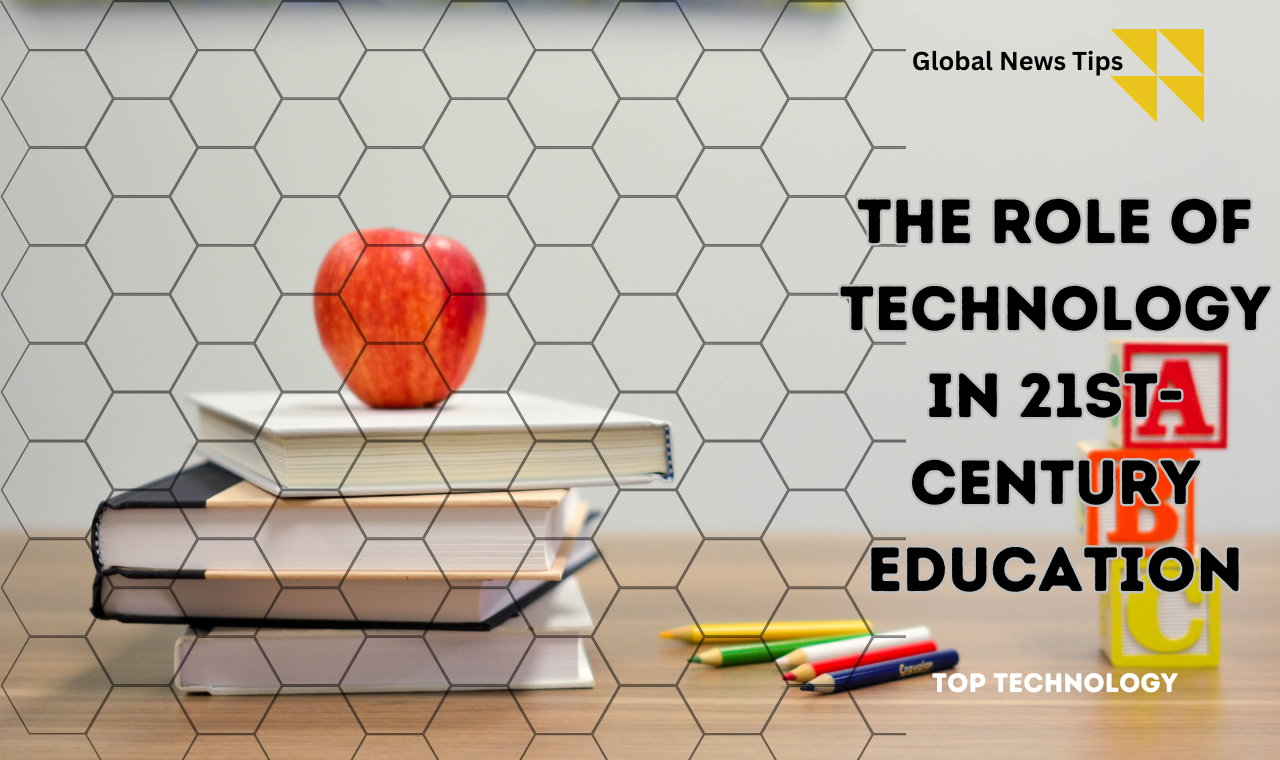Introduction
In the 21st century, technology has become an integral part of our daily lives, transforming the way we live, work, and learn. In the field of education, technology has revolutionized the way students acquire knowledge and skills, enabling them to become active participants in their own learning process. This article aims to provide a comprehensive analysis of the role of technology in 21st-century education, exploring its benefits, challenges, and future prospects.
The Benefits of Technology in Education
Technology has become an integral part of our lives,
transforming the way we work, communicate, and even learn. In the field of
education, technology has opened up new possibilities and revolutionized the
way students acquire knowledge. From interactive learning tools to online
resources, the benefits of technology in education are numerous and
far-reaching.
Enhanced Learning Experience
Technology has made learning more engaging and interactive.
With the help of multimedia tools, students can now visualize complex concepts
and ideas, making the learning process more effective. Interactive simulations
and virtual reality experiences allow students to explore and understand
subjects in a hands-on manner, bringing abstract concepts to life.
Access to a Wealth of Information
Technology has made information more accessible than ever
before. With just a few clicks, students can access a vast amount of knowledge
from around the world. Online libraries, databases, and educational websites
provide a wealth of resources, enabling students to conduct research and expand
their understanding of various subjects.
Personalized Learning
Technology allows for personalized learning experiences,
catering to individual student needs and preferences. Adaptive learning
platforms and intelligent tutoring systems can assess students' strengths and
weaknesses, providing customized learning paths and feedback. This personalized
approach helps students progress at their own pace and ensures that they
receive the support they need.
Collaboration and Communication
Technology facilitates collaboration and communication among
students and teachers. Online discussion forums, video conferencing tools, and
collaborative platforms enable students to connect with their peers and
educators, fostering a sense of community and enhancing the learning
experience. Additionally, technology allows for real-time feedback and
communication, enabling teachers to provide timely guidance and support.
Preparation for the Future
In today's digital age, technological literacy is essential
for success in the modern workforce. By integrating technology into education,
students develop the skills and competencies needed for the future. From
digital literacy to critical thinking and problem-solving, technology prepares
students for the challenges and opportunities of the 21st century.
In conclusion, technology has revolutionized education,
offering numerous benefits to students and educators alike. From enhancing the
learning experience to providing access to a wealth of information, technology
has become an invaluable tool in education. By embracing technology, we can
equip students with the skills they need to thrive in an increasingly digital
world.
The Role of Artificial Intelligence and Machine Learning in Education.
The Rise of Artificial Intelligence and Machine Learning in Education
Artificial Intelligence (AI) and Machine Learning (ML) have
become buzzwords in today's technological landscape. These cutting-edge
technologies are revolutionizing various industries, including education. With
the ability to process massive amounts of data and learn from it, AI and ML
have the potential to transform the way we teach and learn.
Enhancing Personalized earning
One of the most significant benefits of AI and ML in
education is their ability to personalize the learning experience. Traditional
classroom settings often struggle to cater to the individual needs of each
student. However, with AI-powered tools, educators can analyze student data to
identify their strengths, weaknesses, and learning preferences. This
data-driven approach allows for the creation of personalized learning pathways,
ensuring that students receive the support they need to succeed.
AI-powered adaptive learning platforms can also provide
real-time feedback and recommendations, helping students improve their
understanding of complex concepts. By analyzing student responses and
interactions, these platforms can identify areas where students are struggling
and provide targeted interventions. This personalized approach not only
enhances student engagement but also promotes self-directed learning.
Intelligent Tutoring Systems
Another area where AI and ML are making a significant impact
is in the development of intelligent tutoring systems. These systems use AI
algorithms to simulate human tutors, providing students with personalized
instruction and support. Intelligent tutoring systems can adapt to each
student's pace, style, and level of understanding, ensuring that the learning
experience is tailored to their specific needs.
These systems can also analyze student performance data to
identify patterns and trends, allowing educators to make data-driven decisions
about instructional strategies. By leveraging AI and ML, intelligent tutoring
systems can provide targeted feedback, track student progress, and offer
additional resources or practice materials as needed.
Automating Administrative Tasks
In addition to enhancing the learning experience, AI and ML
can also streamline administrative tasks in education. From admissions and
enrollment to grading and assessment, many routine administrative tasks can be
automated using AI-powered systems. This automation frees up valuable time for
educators and administrators, allowing them to focus on more meaningful tasks,
such as curriculum development and student support.
AI-powered chatbots are also being used to improve
communication and provide instant support to students and staff. These chatbots
can answer frequently asked questions, provide guidance on course selection,
and offer resources for academic support. By automating these tasks,
institutions can provide round-the-clock assistance, ensuring that students
have access to the information they need when they need it.
Ethical Considerations and Challenges
While AI and ML offer tremendous potential in education,
there are also ethical considerations and challenges that need to be addressed.
Data privacy and security are paramount, as student data must be protected from
unauthorized access or misuse. Additionally, there is a concern that AI and ML
may perpetuate existing biases and inequalities in education. It is crucial to
ensure that these technologies are developed and implemented in an ethical and
equitable manner.
Furthermore, there is a need for ongoing professional
development for educators to effectively integrate AI and ML into their
teaching practices. Training programs and support systems should be in place to
help educators understand how to leverage these technologies to enhance
learning outcomes.
Conclusion
Artificial Intelligence and Machine Learning are
transforming the education landscape, offering new possibilities for
personalized learning, intelligent tutoring, and administrative automation.
While there are challenges to overcome, the potential benefits of these
technologies in education are immense. By harnessing the power of AI and ML, we
can create a more inclusive and effective learning environment for students of
all backgrounds and abilities.








